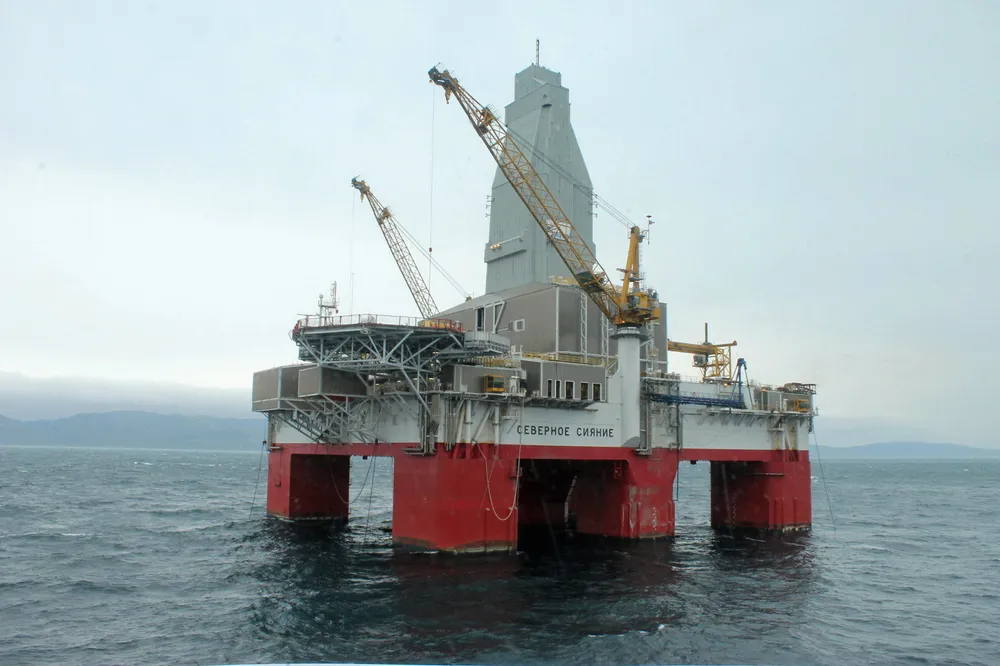Gazprom sets Barents exploration drilling schedule
Russian gas giant intends to spud new exploration probes to confirm additional gas reserves in the country's sector of the Barents Sea, with LNG option in sight

Russian gas giant intends to spud new exploration probes to confirm additional gas reserves in the country's sector of the Barents Sea, with LNG option in sight
